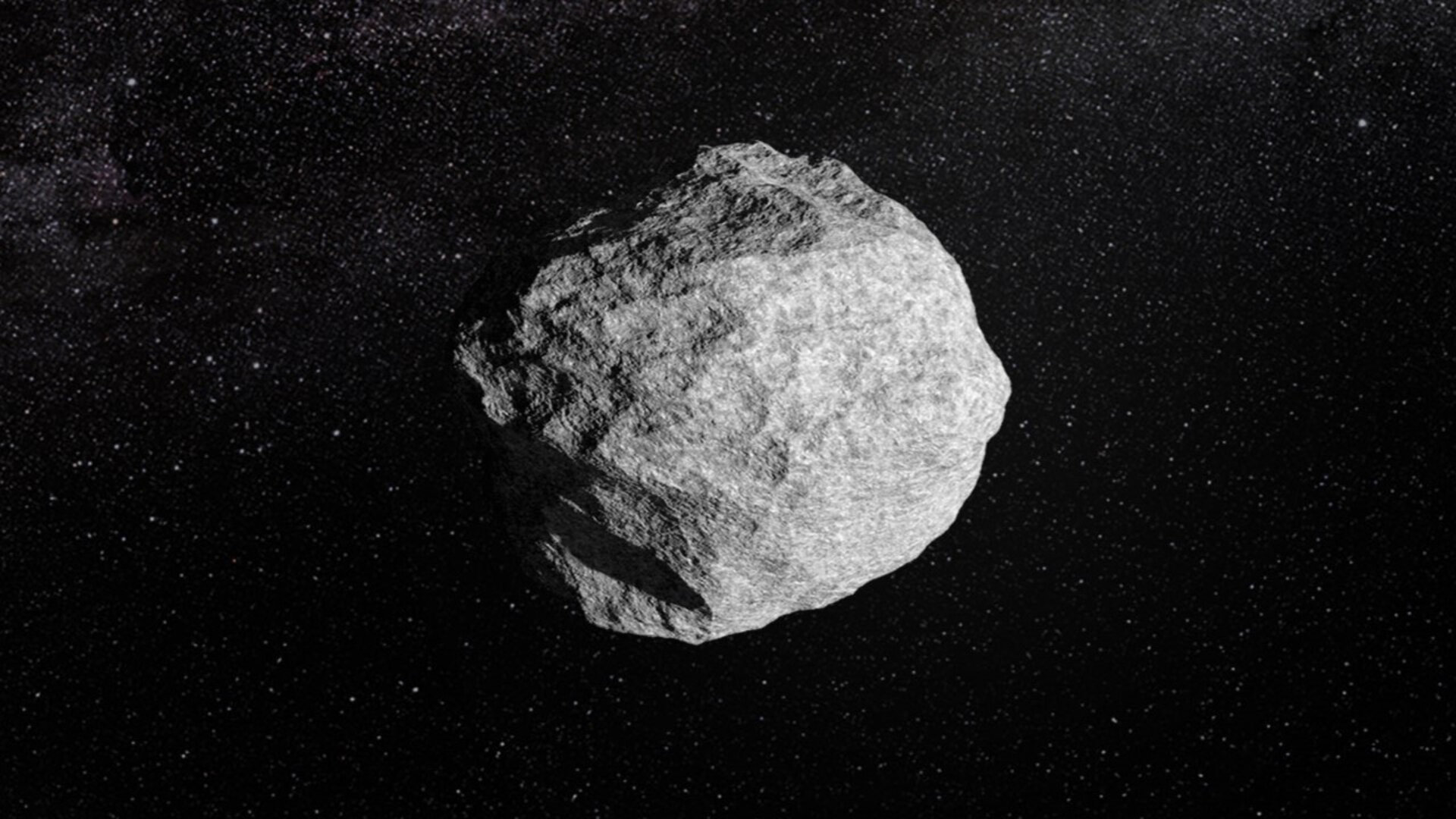By Carolyn Collins Petersen
March 12, 2025

Dark matter - that mysterious, unknown stuff that's detectable only by its effect on other matter - seems to be sparking strong emissions at the heart of the Milky Way Galaxy.
Continue reading
By Mark Thompson
March 12, 2025

Our local star, the Sun has been under the watchful gaze of ESA’s Solar Orbiter since its launch in 2020. It’s been slowly getting closer and grabbing images using its Extreme Ultraviolet Imager (EUI) which citizen scientists have been stitching together into wonderful time-lapse videos. A recent video covers just 15 minutes of real time but within, you can see an M-Class flare that was unleashed by the Sun. The flares can produce brief radio blackouts here on Earth.
Continue reading
By Mark Thompson
March 11, 2025

Of all the moons in the Solar System, Europa is perhaps one of the most fascinating. With a thick ice shell surrounding a subsurface ocean, astrobiologists hope maybe there is life down there! Finding a way through the ice to explore what’s below is one of the biggest challenges. It’s possible however that the vital chemicals from life could find their way to the surface and through out into space. A new paper proposes an ultraviolet laser could be used to cause amino acids to fluoresce giving away their presence.
Continue reading
By Mark Thompson
March 11, 2025

The closest single star to our own Solar System is Barnard’s Star. It’s 6 light years away and astronomers have just found four new mini-Earth planets in orbit around this red dwarf star. The discovery was made with the MAROON-X instrument on the Gemini North telescope which makes use of the radial velocity method to detect exoplanets. One planet was found in August 2024, the other three were only just added.
Continue reading
By Evan Gough
March 11, 2025

Young stars grow by gobbling up nearby gas and dust. Over time, they can become extremely massive. The most massive stars we know of have up to 200 solar masses. But the flow of matter isn't a one-way street. Instead, young protostars eject some of the matter back into space with powerful jets.
Continue reading
By Mark Thompson
March 11, 2025

The U.S. Space Force's X-37B spaceplane (which looks remarkably like a Space Shuttle that someone forgot to put the windows in!) completed its seventh mission this week, touching down at Vandenberg Space Force Base after 434 days in orbit. Although the mission is classified, Space Force officials, said that it followed a highly elliptical orbital path while conducting various tests and experiments. They also described the mission as operating "across orbital regimes,” whatever that means…is classified!
Continue reading
By Mark Thompson
March 11, 2025

Astronomers know the Flame Nebula well—a stellar nursery around 1,400 light years away. It’s less than a million years old and is teeming with brown dwarfs, objects that never quite accumulated enough mass to begin fusing elements in their core. When comparing the James Webb Space Telescope’s (JWST) infrared observations with Hubble's visible light images of the Flame Nebula, the difference is, ahem - astronomical! The infrared wavelengths penetrate the obscuring gas and dust, revealing clusters where young stars and brown dwarfs are taking shape.
Continue reading
By Mark Thompson
March 10, 2025

Firefly Aerospace's Blue Ghost Mission has successfully touched down on the lunar surface and is now undertaking various experiments. Two of these experiments have been captured on video; the first is the LISTER drill, capable of penetrating the lunar regolith to depths of up to 3 meters. It will provide scientists with data to measure the Moon's cooling rate. Additionally, footage has been obtained of the PlanetVac experiment, which is evaluating regolith sample collection methods under the Moon's vacuum conditions.
Continue reading
By Matthew Williams
March 10, 2025

In a recent paper, Adam Hibberd and Marshall Eubanks explore the feasibility of sending a mission to rendezvous with YR4, the asteroid that may pose a hazard to Earth someday.
Continue reading
By Andy Tomaswick
March 10, 2025

Despite having recently officially ended its science operations in January, Gaia, one of the most prolific star explorers ever, is still providing new scientific insights. A recent paper pre-published on arXiv (which has not been peer-reviewed but was submitted to the Astrophysical Journal) took another look at some Gaia data to try to find a unique type of astronomical entity - white dwarf stars that are paired up in a binary with a main sequence one. By applying a machine learning technique called a "self-organizing map," they found 801 new white dwarf-main sequence (WDMS) binaries, increasing the total number ever found by over 20%.
Continue reading

 Universe Today
Universe Today








